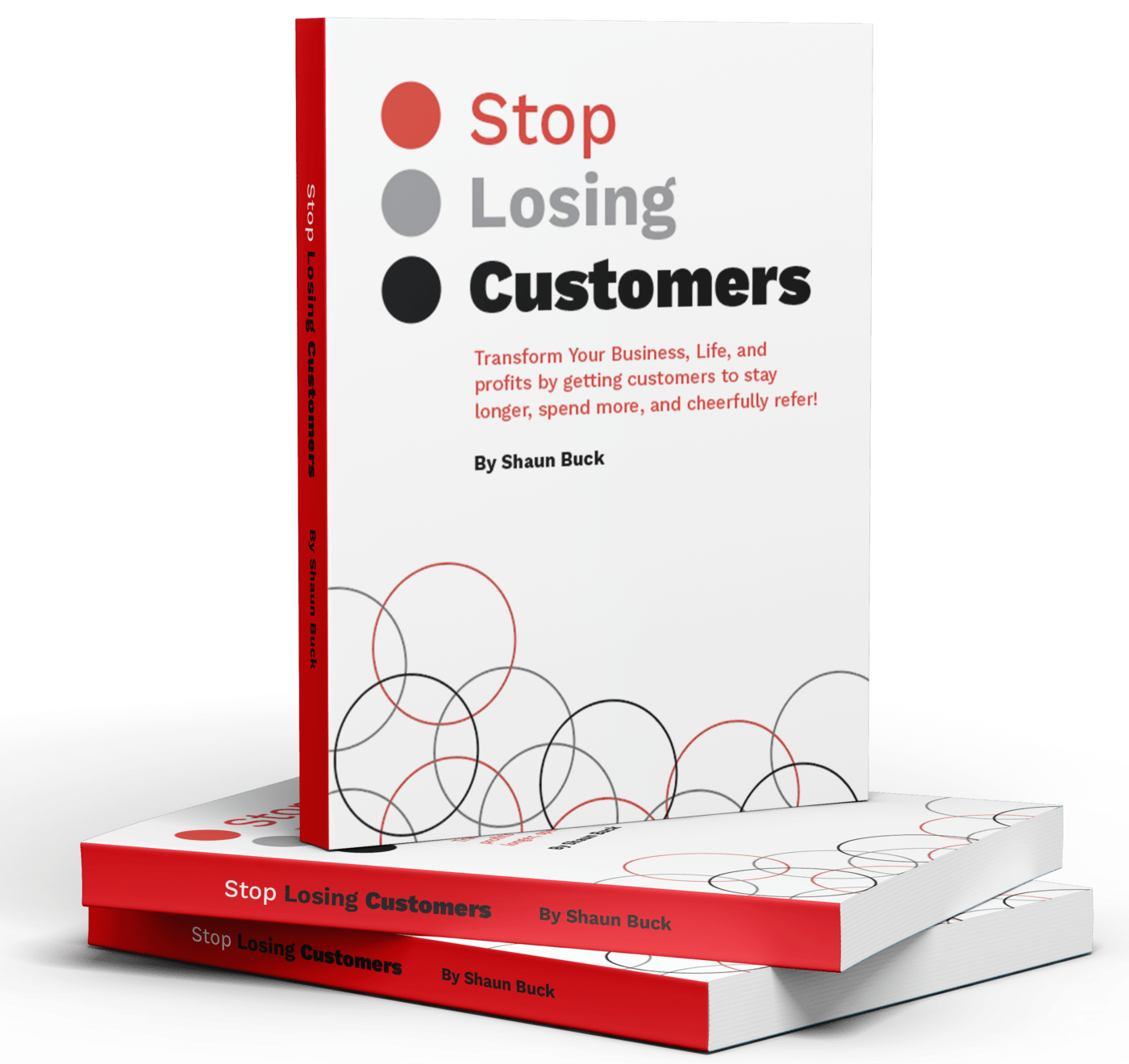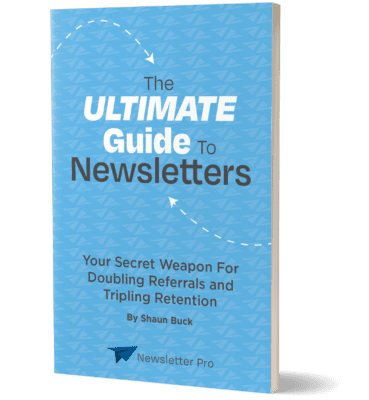In today’s data-driven world, marketing strategies are evolving at a rapid pace, and AI-powered personalization is at the forefront of this transformation. Predictive content recommendations are a game-changer for email marketing campaigns, helping businesses deliver personalized experiences that drive engagement and conversions. In this article, we will explore the ins and outs of predictive content recommendations, how they work, and why they are essential for modern email marketing.
What are Predictive Content Recommendations?
Predictive content recommendations use predictive analytics and machine learning algorithms to analyze user data and predict what content will be most relevant and engaging for each individual recipient. By leveraging historical data and user behavior, these recommendations can tailor email content to match the preferences and interests of each subscriber.
The essence of predictive content recommendations lies in their ability to anticipate what a user might want to see next. This goes beyond simple demographic targeting, tapping into behavioral insights to deliver content that feels uniquely tailored to each individual. As a result, businesses can foster a deeper connection with their audience, leading to increased loyalty and long-term engagement.

How Predictive Analytics Work
Predictive analytics involves analyzing current and historical data to make informed predictions about future events or behaviors. In the context of email marketing, predictive analytics examines various data points such as past email engagement, website activity, purchase history, and demographic information. Machine learning models then identify patterns and trends to forecast which content will resonate most with each user.
These models are continuously learning and improving. They adapt to new data, refining their predictions over time to become more accurate. This adaptive learning process ensures that the recommendations remain relevant even as user behaviors and preferences evolve. Moreover, predictive analytics can help identify emerging trends, enabling marketers to stay ahead of the curve and deliver timely content that captures their audience’s interest.
Key Components of Predictive Content Recommendations
- Data Collection: Gathering user data from various touchpoints, including email interactions, website visits, and purchase history. This data forms the foundation of the predictive models.
- Data Analysis: Using machine learning algorithms to analyze the collected data and identify patterns. The more data available, the more precise the recommendations.
- Content Matching: Matching the analyzed data with relevant content to create personalized recommendations. This involves understanding the context and nuances of user preferences.
- Delivery: Integrating the personalized content into email campaigns and delivering it to the target audience. Effective delivery mechanisms ensure that the right content reaches the right user at the right time.
Each of these components plays a critical role in the effectiveness of predictive content recommendations. By ensuring that each step is meticulously executed, marketers can maximize the impact of their email campaigns.
Benefits of Predictive Content Recommendations
Implementing predictive content recommendations in email campaigns offers numerous benefits, including:
Enhanced Personalization
Personalization is key to capturing the attention of your audience. Predictive content recommendations enable marketers to deliver highly personalized content that resonates with individual subscribers, increasing the likelihood of engagement and conversions.
This level of personalization can significantly boost customer satisfaction. When subscribers feel understood and valued, they are more likely to develop a positive perception of the brand. Over time, this can translate into stronger customer loyalty and advocacy, as satisfied customers are more inclined to recommend the brand to others.
Improved Customer Experience
By providing content that aligns with the interests and preferences of each subscriber, predictive content recommendations enhance the overall customer experience. When recipients receive emails that are relevant and valuable to them, they are more likely to engage positively with the brand.
A seamless and enjoyable customer experience can also reduce churn rates. When subscribers consistently receive content they find useful and interesting, they are less likely to unsubscribe. This long-term retention is invaluable for businesses looking to build lasting relationships with their customers.
Increased Engagement and Conversion Rates
Relevant and personalized content drives higher engagement rates. Predictive content recommendations can lead to increased open rates, click-through rates, and ultimately, higher conversion rates. When subscribers find value in the emails they receive, they are more likely to take the desired action.
Higher engagement rates can also lead to better insights for future campaigns. As more users interact with the personalized content, the data collected can provide deeper insights into user preferences and behaviors. This creates a virtuous cycle where improved data leads to even more effective recommendations.
Implementing Predictive Content Recommendations in Email Campaigns
To effectively implement predictive content recommendations in your email marketing strategy, consider the following steps:
Step 1: Gather and Analyze Data
Start by collecting data from various sources, including email interactions, website behavior, and purchase history. Utilize predictive analytics tools to analyze the data and identify patterns that can inform your content recommendations.
It’s essential to ensure that the data collected is clean and relevant. Poor data quality can lead to inaccurate predictions and ineffective content recommendations. Regular data audits can help maintain the integrity of your data sources.
Step 2: Segment Your Audience
Segment your email list based on the insights gained from data analysis. Group subscribers with similar behaviors and preferences to ensure that your content recommendations are tailored to each segment.
Segmentation allows for more precise targeting and can significantly enhance the effectiveness of your email campaigns. By creating detailed segments, you can address the unique needs and interests of different groups within your audience, leading to higher engagement and satisfaction.
Step 3: Create Personalized Content
Develop a library of content that can be dynamically inserted into your email campaigns based on the predictive recommendations. This content should be relevant and valuable to each audience segment.
Ensure that your content library is diverse and rich in value. The more options you have, the better you can cater to the varied tastes and preferences of your audience. Regularly updating and expanding your content library can keep your recommendations fresh and engaging.
Step 4: Automate Content Delivery
Use email marketing automation tools to integrate predictive content recommendations into your campaigns. Automation ensures that the right content is delivered to the right subscribers at the right time, maximizing the impact of your emails.
Automation not only saves time but also increases the efficiency of your email marketing efforts. By automating the delivery process, you can ensure consistent and timely communication with your subscribers, enhancing the overall effectiveness of your campaigns.

Real-World Examples of Predictive Content Recommendations
Several companies have successfully implemented predictive content recommendations in their email marketing strategies. Here are a few real-world examples:
Amazon
Amazon is a prime example of a company that excels in personalized recommendations. By analyzing user behavior and purchase history, Amazon delivers highly relevant product recommendations in their email campaigns, driving repeat purchases and customer loyalty.
Amazon’s recommendation engine is a key driver of its success. By continuously refining its algorithms and leveraging vast amounts of data, Amazon can provide highly personalized shopping experiences that keep customers coming back.
Spotify
Spotify leverages predictive analytics to create personalized playlists and recommendations for its users. By analyzing listening habits and preferences, Spotify delivers tailored music recommendations that keep users engaged and subscribed.
Spotify’s use of predictive analytics extends beyond just recommending songs. The platform also curates personalized playlists and radio stations, ensuring that users always have fresh and relevant content to enjoy. This level of personalization has been instrumental in Spotify’s growth and user retention.
Netflix
Netflix uses predictive content recommendations to suggest TV shows and movies based on users’ viewing history and preferences. This personalized approach enhances the user experience and keeps subscribers engaged with the platform.
Netflix’s recommendation system is constantly evolving. By integrating new data and refining its algorithms, Netflix can deliver increasingly accurate and personalized content suggestions, keeping users engaged and reducing churn rates.
Challenges and Considerations
While predictive content recommendations offer significant advantages, there are also challenges and considerations to keep in mind:
Data Privacy and Security
Collecting and analyzing user data raises concerns about data privacy and security. Ensure that your data collection practices comply with relevant regulations and that user data is securely stored and protected.
Transparency is also crucial. Informing users about how their data will be used and obtaining their consent can build trust and foster a positive relationship between your brand and its customers.
Algorithm Accuracy
The accuracy of predictive content recommendations depends on the quality of the data and the effectiveness of the algorithms. Regularly review and refine your algorithms to ensure that they are providing accurate and relevant recommendations.
Continuous testing and validation are essential. By regularly evaluating the performance of your algorithms and making necessary adjustments, you can maintain the reliability and effectiveness of your content recommendations.
Balancing Automation and Human Touch
While automation is essential for scalability, it’s important to strike a balance between automated recommendations and the human touch. Ensure that your email campaigns maintain a personal and authentic feel, even with automated content.
Personalization should not feel mechanical. Adding elements of human touch, such as personalized greetings or customer service interactions, can enhance the overall experience and make automated communications feel more genuine and engaging.
Future Trends in Predictive Content Recommendations
As technology continues to evolve, predictive content recommendations will become even more sophisticated. Here are some future trends to watch for:
Integration with AI and Machine Learning
Advancements in AI and machine learning will enable even more accurate and personalized content recommendations. These technologies will continue to improve the ability to predict user preferences and deliver highly relevant content.
AI-driven recommendations can also adapt in real-time, responding to new data and changing user behaviors instantaneously. This level of responsiveness can significantly enhance the effectiveness of your email marketing campaigns.
Real-Time Personalization
Real-time personalization will become more prevalent, allowing marketers to deliver content recommendations that are instantly updated based on the latest user behavior. This will enhance the relevance and timeliness of email campaigns.
Real-time personalization can create a more dynamic and engaging user experience. By delivering content that reflects the most current user interactions, you can increase the relevance and impact of your communications.
Cross-Channel Integration
Predictive content recommendations will extend beyond email marketing to other channels, such as social media, websites, and mobile apps. This will create a seamless and consistent personalized experience for users across all touchpoints.
A unified approach to personalization can significantly enhance the overall customer experience. By delivering consistent recommendations across multiple channels, you can create a cohesive and engaging brand experience that resonates with your audience.
Conclusion
Predictive content recommendations are transforming the way businesses approach email marketing. By leveraging predictive analytics and machine learning, marketers can deliver personalized content that resonates with individual subscribers, enhancing engagement and driving conversions. As technology continues to advance, the potential for predictive content recommendations will only grow, making them an essential tool for modern email marketing strategies.
Embrace the power of predictive content recommendations and take your email campaigns to the next level with AI-powered personalization. The future of email marketing is here, and it’s personalized, predictive, and powerful.
Call to Action: Contact Newsletter Pro
Ready to elevate your email marketing strategy with personalized, predictive content recommendations? Don’t miss out on the opportunity to enhance your engagement and drive conversions. Contact Newsletter Pro today to learn how our expert solutions can transform your email campaigns and help you reach your marketing goals. Our team is here to provide valuable insights and tailored strategies that suit your unique needs. Reach out now, and let’s start crafting a powerful, personalized email experience together!






